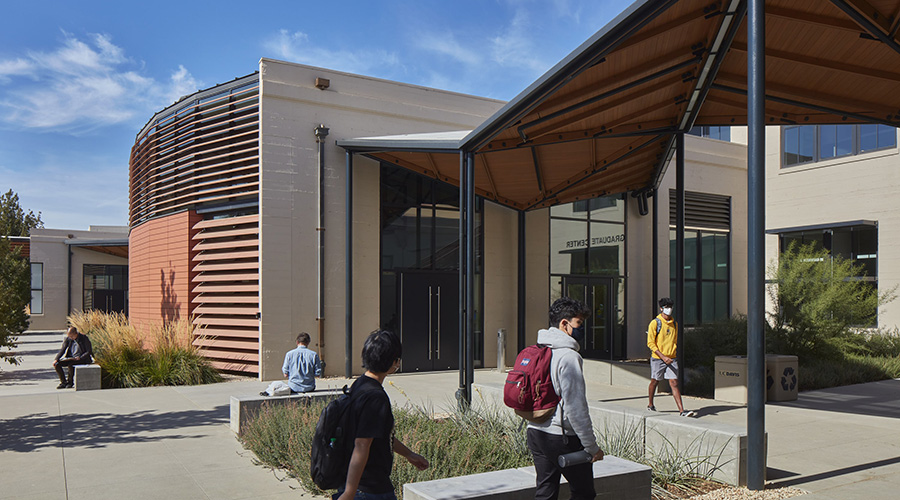Facility Master Plan Can Help With Energy Efficiency In Educational Facilities
When facility managers and stakeholders set out to create a master plan for an educational facility, energy conservation and efficiency are not often primary considerations. This is especially true of today's cash-strapped districts, which frequently take a "warm, safe, and dry" survival-based approach to facility management. Consequently, when major repairs like a roof replacement or an HVAC upgrade arise, a "like" replacement, or a new version of what is currently installed, is selected as the cheapest and easiest solution. The problem with most "like" replacements is that they offer little, if any, additional energy benefit throughout the life of a building. Actively incorporating energy efficiency into a facility master plan can prevent "like" updates and enable facility managers to maximize a facility's potential and cost-saving to the benefit of the students and community.
Take, for example, Springboro Junior High School. Historically when the building's system required a heat pump replacement, a "like" replacement was ordered. This process failed to look at the new offerings for heat pumps, which include better options for higher efficiencies, such as those with electronically controlled motors or multiple-stage compressors. Incorporating approaches like those into its facility master plan offered economic and environmental benefits.
Another example is the Deer Park School District in Cincinnati, Ohio. By replacing lamps and updating fixtures, the district saw an annual saving of $23,000 and was able to use the money saved to help fund a variable refrigerant flow (VRF) system for administrative and computer areas. The energy savings generated by replacing the existing window units used to condition those spaces ($8,000 annually), combined with some of the savings in annual lighting costs, meant the $140,000 VRF system would pay for itself in less than 10 years. Uncovering cost-saving measures like this can enable a facility manager to justify replacing problematic systems with more energy-efficient upgrades and incorporate them into the master plan.
A proactive approach to energy conservation offers facility managers peace of mind. Rather than waiting for something to go wrong and not having allocated funds to replace or upgrade properly, facility managers can be proactive by incorporating energy efficiency into a master plan. This planning also helps facility managers demonstrate that they are effectively managing public funds for maintenance and operations.
Related Topics:













